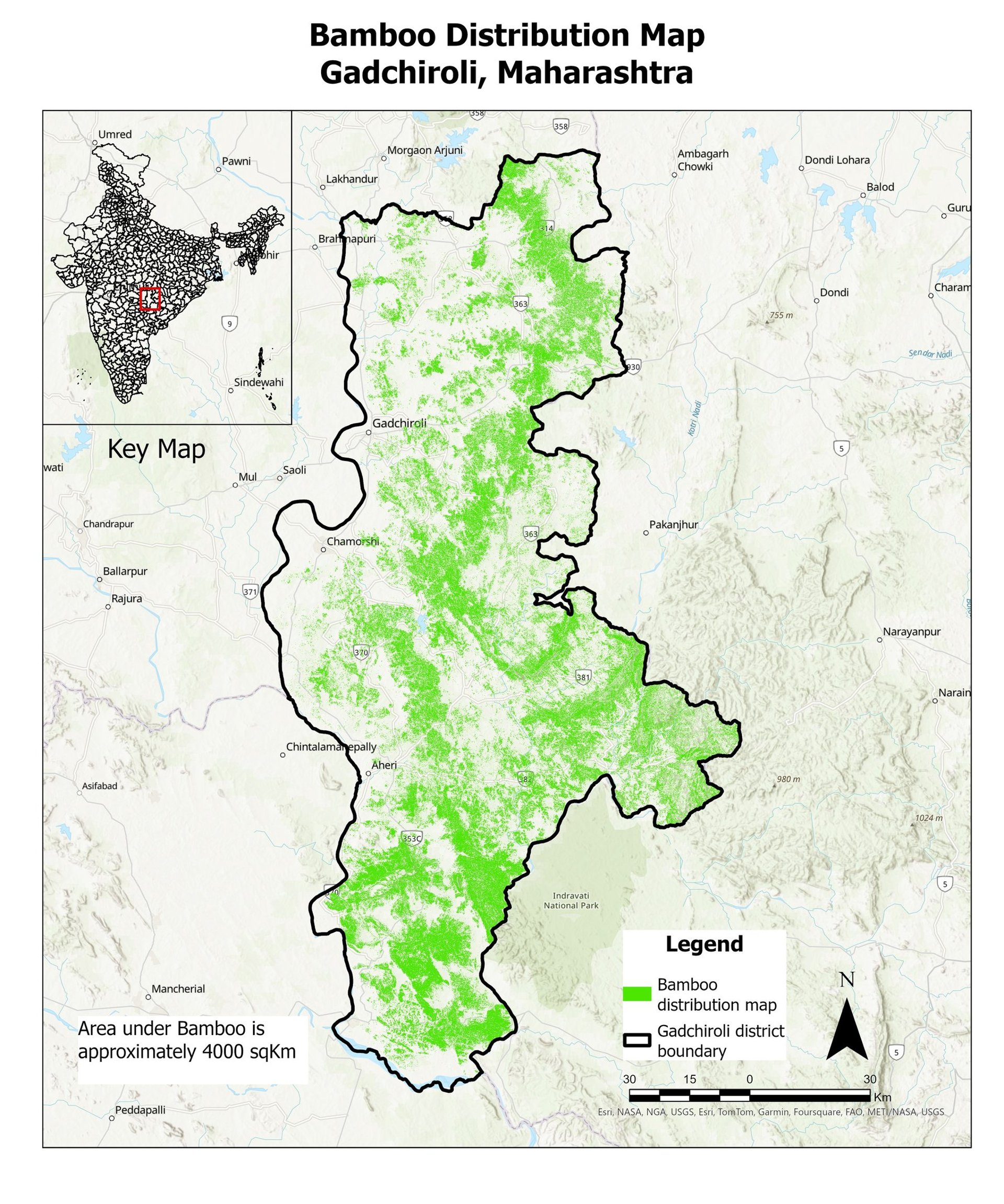
Roundtable on Forests as Sustainable and Secure Sources of Energy and Fossil-Fuel Substitutes
25.11.22
On 24 November 2022, the Initiative on the Forest Economy (IoFE) at the Bharti Institute of Public Policy (BIPP), Indian School of Business (ISB), convened an investment roundtable titled ‘Forests as Sustainable and Secure Sources of Energy and Fossil-Fuel Substitutes’. Participants from various organisations—including the National Bank for Agriculture and Rural Development (NABARD), Integrated Tribal Development Agency (ITDA), Kotak Mahindra Bank, HDFC Bank, Samunnati Agri Value Chain Solutions, UC Inclusive Credit, ESAF Small Finance Bank, Microsave Consulting, Intellecap Advisory Services—as well as Mr Ashok Methil Vishwanathan, and Ms Neha Mudaliar deliberated on how forests can offer economic opportunities aligned with the People, Planet, and Profit framework.
About the Event
During the discussion, Professor Ashwini Chhatre, Executive Director of BIPP, shared an outline of the forest economy model, which focuses on increasing returns to scale and enables large-scale distributed industrialisation, wealth creation, and equity while ensuring the sustainable management of forest landscapes. He highlighted the model’s triple-win potential, whereby the forest economy offers industry secure, competitive sources of raw materials and traceable supply chains; benefits forest-dependent communities through transformed livelihoods; and ensures the sustainable management and conservation of forests. Prof. Chhatre also discussed the three pillars that make this triple-win forest economy model possible:
(a) security of tenure for forest-dependent communities to provide necessary ownership incentives;
(b) economies of scale through formal, aggregated community-owned enterprises; and
(c) market linkages between industries and community-owned enterprises to secure industrial raw materials.
Forest Economy Model
Prof. Chhatre identified two challenges in operationalising this vision: technological limitations and financial constraints. The discussion centred on financing an initiative with growth potential akin to microfinance in its initial stages. The participants agreed that priorities should include funding capital expenditure (CapEx) at the aggregated level, ensuring adequate working capital, and providing financial assistance to forest-dependent communities excluded from formal lending. Prof. Chhatre emphasised the need for a demand-driven technology-supply-chain mechanism—one in which communities articulate their needs and use existing financial channels. He also highlighted the enormous potential of this initiative, not just for poverty reduction but also for biodiversity conservation, climate mitigation, enhanced ecosystem services, and other societal benefits.
Key Barriers to Implementation
The discussion centred on three key questions: where the participants see the opportunity; whether that opportunity is large enough; and which three tangible steps can be taken.
Ms Mudaliar focused on financing the initiative, comparing it to microfinance in its initial stages. She identified three key financial needs: funding the CapEx at the aggregated level; providing working capital to ensure timely remuneration for forest workers; and extending financial assistance to forest-dependent communities that lack access to formal credit. By forging enterprise-level partnerships, appropriate credit products and services can be offered—creating credit history for this vast market. Ms Mudaliar also highlighted the case for formalising the forest economy, noting its abundant resources, traditional knowledge, and the millions who depend on it.
Mr TVS Rao of ITDA highlighted Aadhaar enrolment, financial inclusion, and connectivity as their principal challenges—particularly noting that poor connectivity hampered marketing. ITDA was willing to provide loan guarantees to banks but only through non-governmental organisations (NGOs).
Ms Sushma of ISB suggested that once two villages have secure tenure—thereby obtaining ownership and management rights over their forest resources—they should form a community enterprise and enter into a ‘handshake’ with the private sector. Under this agreement, industries would purchase forest-sourced raw materials, procured and supplied by the community enterprise. This model ensures that communities receive ownership incentives, thereby maintaining sustainability. Ms Sushma also noted that marketing efforts often flounder when the initiative focuses on creating finished products, as its strength lies in selling raw materials directly to large industries that can convert these materials into end products.
Mr Reji Daniel of ESAF emphasised the need to translate public policies into private-sector policies. ESAF started as an NGO inspired by the Grameen Bank model before venturing into microfinance. It aspired to position itself as a ‘social bank’, with many of its cooperative members residing on the forest’s periphery.
Mr Methil, a retired Chief General Manager (CGM) of NABARD, described his long association with tribal development and forest-based livelihoods in India’s tribal districts. He highlighted that select financial institutions can access NABARD’s Credit Guarantee Fund of up to ₹2 crore for forest-sourced commodities, such as honey, bamboo, hirda, sal, tussar silk, and mahua flowers. However, a major challenge is the lack of documented creditworthiness among forest-dependent communities, which keeps them ‘below the radar’ of formal lending. To overcome this, Mr Methil recommends strengthening collective networks by formalising farmer producer organisations (FPOs), thereby creating verifiable records of their activities and financial behaviour. He further observed that, in the absence of organised marketing mechanisms, forest-dependent communities often struggle to secure fair prices for their products. NABARD’s role, he clarified, is not to extend direct loans to individuals but to provide grants and guarantees where a clear value proposition can be demonstrated.
Mr Jayesh Bhatia of Intellecap highlighted two key dimensions: the national system and the ecological- function perspective. He pointed out that the primary challenge lies in balancing commercial interests with ecological security. He then outlined the two funds of Aavishkaar: the ESG Fund, which supports smaller, early-stage businesses, and the soon-to-launch Carbon Trust Fund, designed to support plant- and forest-based food businesses. He emphasised that effective policies must be translated into tangible solutions.
From the banking sector’s standpoint, the Kotak Bank spokesperson emphasised the need for robust policy support and strong institutional capacity. He identified two critical elements for the forest economy model’s success: a proof of concept and financial backing aligned with commercial banking standards. He further noted that technology, adherence to raw-material-supply deadlines, timely contract fulfilment, and the availability of a credit guarantee facility are crucial to the model’s success.
Perspective from Stakeholders
The discussion concluded with an emphasis on identifying sustainable financing solutions for the forest economy—ranging from demand-driven technological supply to financial assistance for forest-dependent communities lacking access to formal credit.
The participants discussed the vast potential of forests as reservoirs of both wealth and knowledge, highlighting that approximately 97% of human civilisation has been sustained through forests. Alongside this, they acknowledged that forest-dependent communities have long been marginalised, and initiatives such as this—by virtue of their scale, potential and impact—can play a transformative role in formalising the forest economy.
The group also examined existing financial instruments and institutional frameworks, identifying critical preconditions for the viability of forest-based enterprises. Our team presented a comprehensive forest economy model that integrates financial, institutional, and structural elements into a robust, equitable, and sustainable architecture.
In conclusion, financing was identified as the primary challenge in formalising the forest economy. Other key hurdles included poor connectivity, limited creditworthiness of forest-dependent communities, and the absence of organised marketing mechanisms. The need to balance commercial viability with ecological security was also strongly emphasised.
The presence of diverse financial institutions and organisations enabled the identification of multiple financing pathways—ranging from working capital and infrastructure support for community-owned enterprises to project finance for private companies, cooperatives, and independent entrepreneurs seeking to unlock large-scale opportunities across forest-based industry value chains.
The roundtable marked a significant milestone in ISB’s efforts to formalise the forest economy. The actionable steps emerging from this discussion hold enormous potential to drive inclusive growth and deliver meaningful impacts in poverty reduction, biodiversity conservation, climate mitigation, ecosystem services, and other intangible societal benefits.
